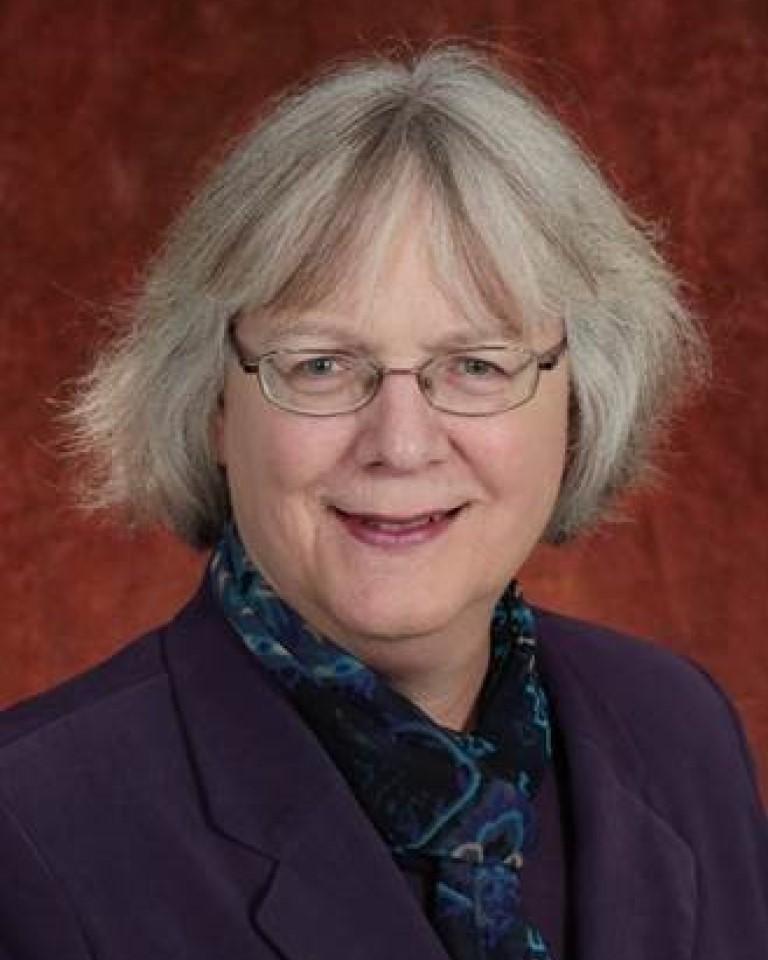Episode Summary
In this episode, Petra talks about finding her true self as a transwoman, and how her life experience has impacted her views on diversity, equity, and inclusion. Petra’s experience made her realize the need for better urban planning - one that honors minorities of all kinds and recognizes their contributions to building strong communities. Serving in the Peace Corps in Togo helped Petra better understand what it means to stand out as a racial minority and having white privilege. She uses this experience to try to understand the pain of racial minorities in the U.S., especially the discriminations laid upon non-binary individuals with minority racial identities. To become more inclusive in their behavior, Petra urges people to listen and question the way we have been treating minority voices in the U.S.
Petra Doan
Professor & Ph.D. Program Director
Department of Urban & Regional Planning
Curriculum Vitae
Bio
Dr. Doan conducts research on planning issues surrounding the LGBTQ community, especially the consequences of highly gendered urban environments for vulnerable populations, such as trans and gender non-conforming individuals. Her recent work has examined estimates of the size of the transgender and non-conforming population in the US and found that most statistics vastly underestimate the size of this population. Finally, she is writing on the ways that neo-conservative groups have politicized the bathroom issue, making life considerably more difficult for transgender and non-conforming individuals.
She has edited two books: Queerying Planning: Challenging Heteronormative Assumptions and Reframing Planning Practice published in 2011 by Ashgate and Planning and LGBTQ Communities: the Need for Inclusive Queer Space published by Routledge in 2015 and published numerous articles in Gender, Place, and Culture, City and Community, the Journal of Lesbian Studies, Women’s Studies Quarterly, Environment and Planning A, the Journal of Planning Education and Research, Progressive Planning, and the International Review of Urban and Regional Research.
Enhance Your Curriculum with Our Discussion Guide
You can incorporate this episode into your class or workshop curriculum with this discussion guide.
Further resources
Learn more about gender and gender identity:
- Develop your gender vocabulary: PFLAG National Glossary of Terms
- Understand the difference between biological sex and gender: The Genderbread Person
- Explore the need and progress in non-binary media representation at GLAAD Transgender Media Program
- Better absorb the concept of the tyranny of gender: Doan, Petra L. (2010) 'The tyranny of gendered spaces - reflections from beyond the gender dichotomy', Gender, Place & Culture, 17: 5, 635 - 654.
Resources for planners and decision makers:
- To understand the need of creating welcoming spaces in planning city spaces: Is there a place in the progressive city for the LGBTQ community?
- Further recognize the challenges of non-binary communities in the U.S. and take action: National Center for Transgender Equality
- Urban planners seeking to be inclusive and equitable should read: Planning and LGBTQ Communities: the Need for Inclusive Queer Space and Queerying Planning: Challenging Heteronormative Assumptions and Reframing Planning Practice.
Take action at local, national, and global levels:
- LGBTQ individuals and allies seeking resources should visit The Trevor Project
- Those looking for civil rights scope for LGBTQ individuals should visit Lambda Legal
- Resources of individuals seeking advice on intersectional experiences can refer to American Bar Association’s resources.


